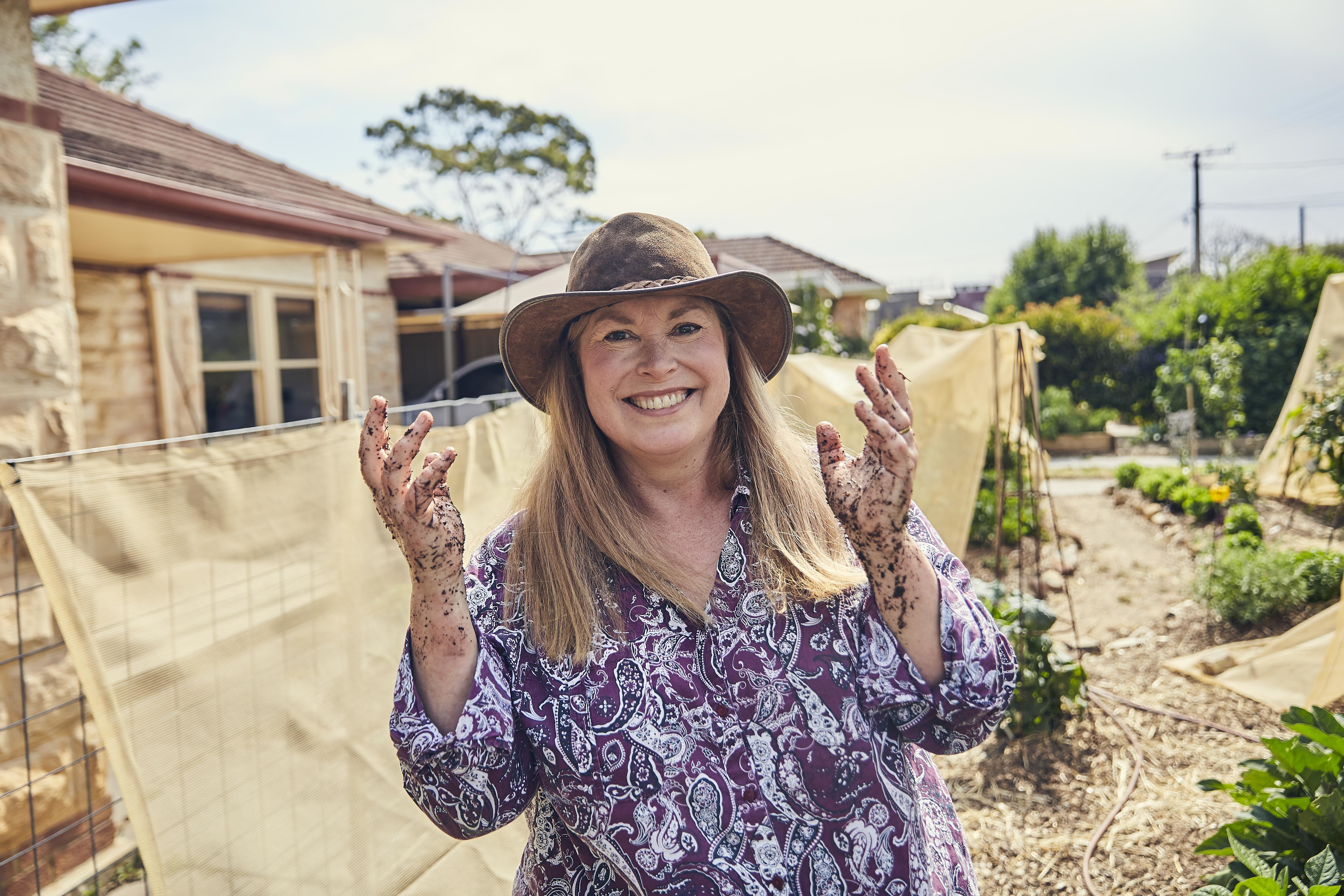Gazanias look like colourful daisies, but they’re actually a nasty weed that poses a threat to Adelaide’s coastline. Here’s why and how you can help manage it.
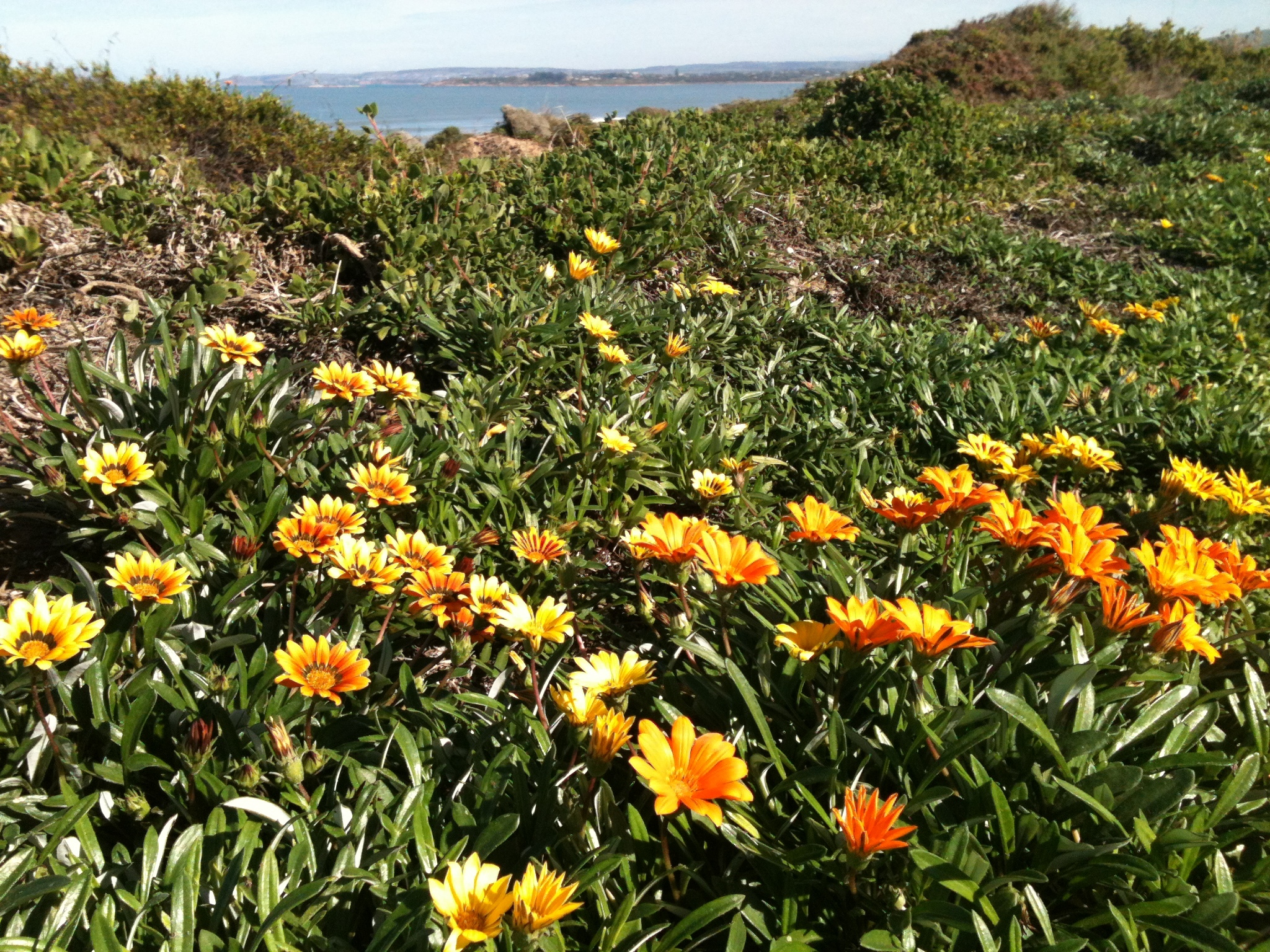
Gazanias – a species of flower belonging to the Gazania family – have been a popular garden plant for some time, but unfortunately they’re no good.
Here’s all you need to know about gazanias:
Are gazanias native to Adelaide?
No. Gazanias are native to South Africa. There are 2 introduced gazania species that are found across Adelaide’s suburbs and coastline – Gazania linearis and Gazania rigens.
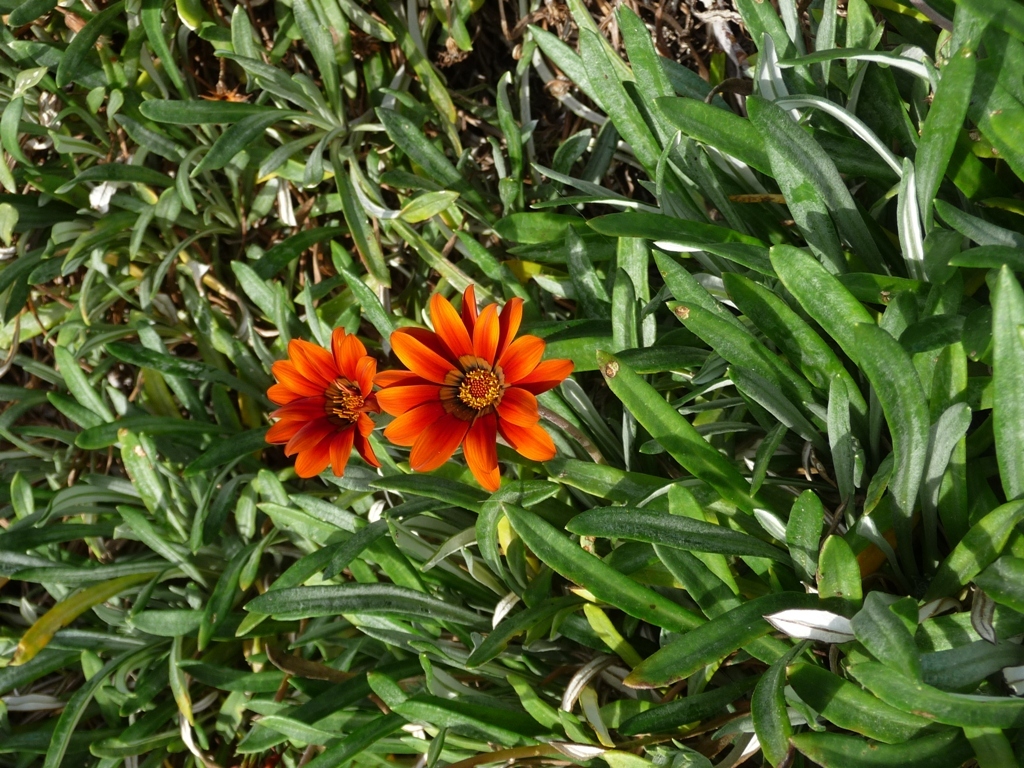
Why are gazanias a problem?
Gazanias are notorious for taking over from native plants. They’re fast growing and multiply quickly, which results in them stealing all the available nutrients and water. This leaves our local wildlife with less food and shelter, and decreases the overall biodiversity of our city.
In many ways gazanias, are the perfect weed species – they:
- grow quickly in a variety of locations and soil types
- flower and seed in large numbers
- spread by seeds, cuttings, wind and water
- are hard to control.
This combo makes them particularly nasty.
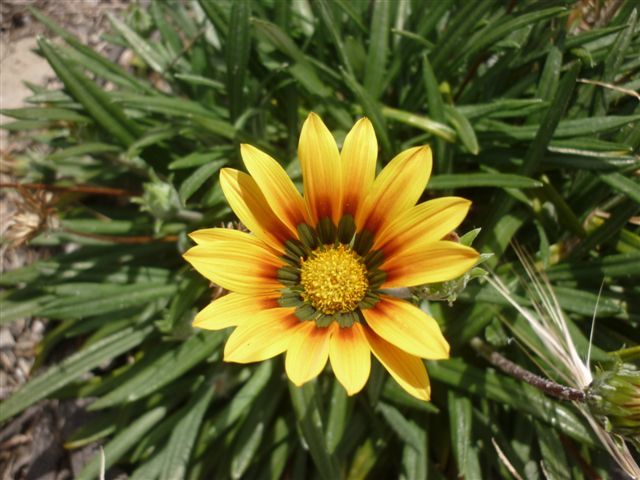
What do gazanias look like?
Gazania flowers range in colour but mostly have bright yellow or orange petals with dark or black bases. They can flower all year round but they’re most colourful in spring and summer.
Here’s how to tell Adelaide’s 2 species apart:
Gazania linearis:
- short, mostly underground stems
- glossy dark green leaves.
Gazania rigens:
- has green stems that spread horizontally
- forms a mat-like ground cover
- lighter-coloured silvery or hairy leaves.
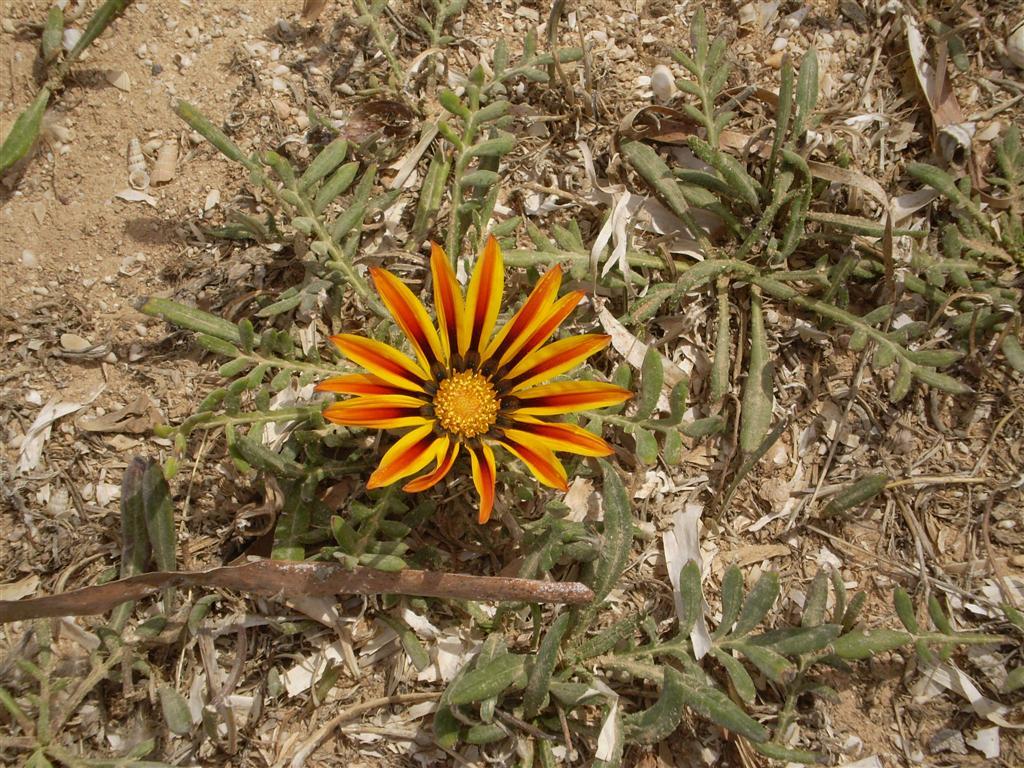
I have gazanias in my garden. What should I do?
If you have gazanias in your garden carefully dig them out, making sure you get all the roots and fragments, then double bag them (use compostable bags) and bin them (in the green compost bin).
When you remove your gazanias, it’s important to remove the entire plant, including the root system. They’re clever weeds and have been known to re-establish if their roots are left lying around.
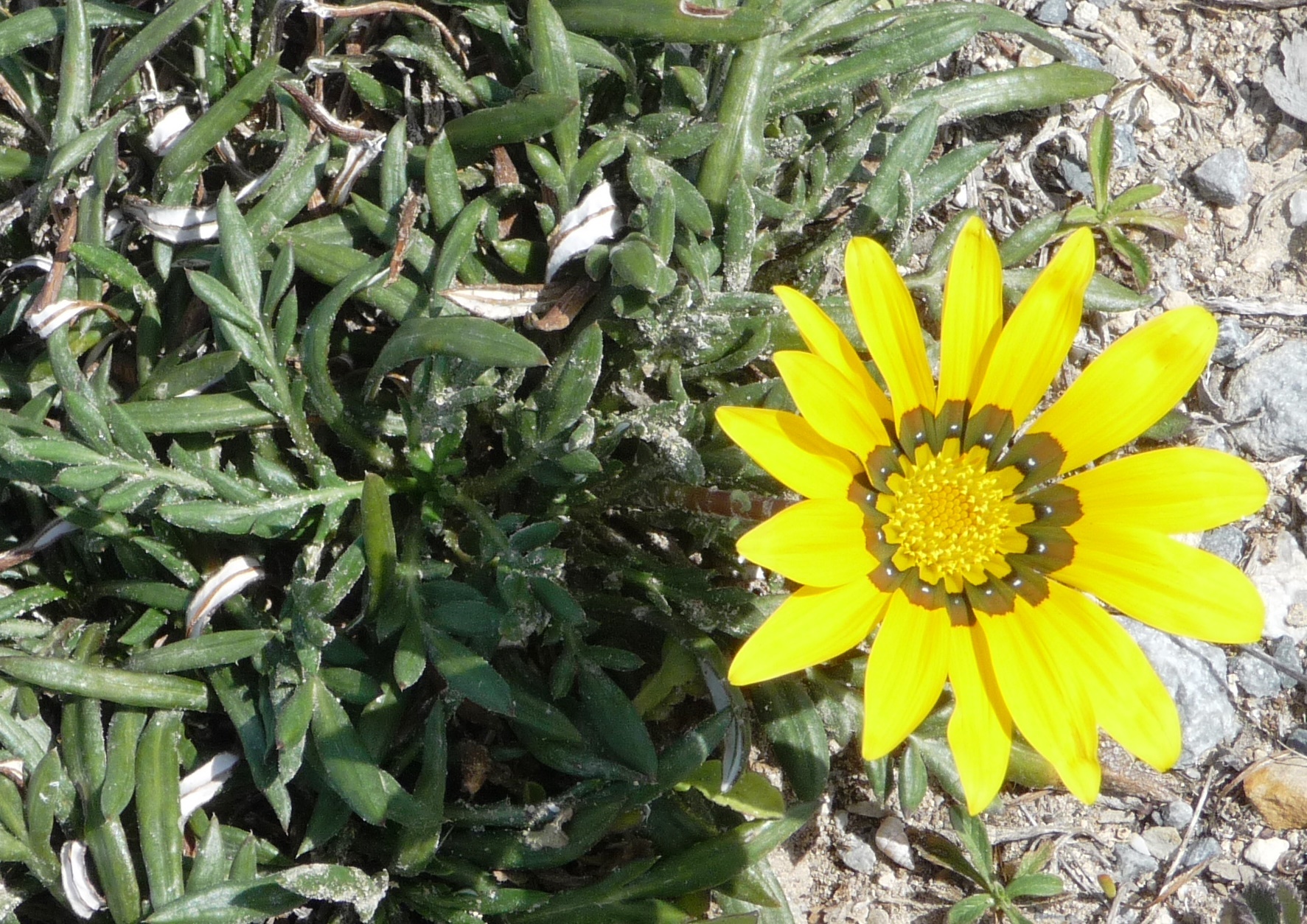
What should I plant instead?
Native plants look great, are water-wise, generally don’t need as much fertiliser or maintenance, and attract birds, butterflies and other native animals.
There are many attractive native species options to replace gazania weeds.
You could plant delicate native bluebell (Wahlenbergia spp.) with its pretty blue flowers in winter and spring, common everlasting (Chrysocephalum apiculatum) with long-lasting yellow flowers, austral trefoil (Lotus australis), which has pretty white to pink pea flowers, and the creeping boobialla (Myoporum parvifolium), which has dainty flowers and attracts birds and butterflies. Find all of these plants listed in our coastal planting guide.
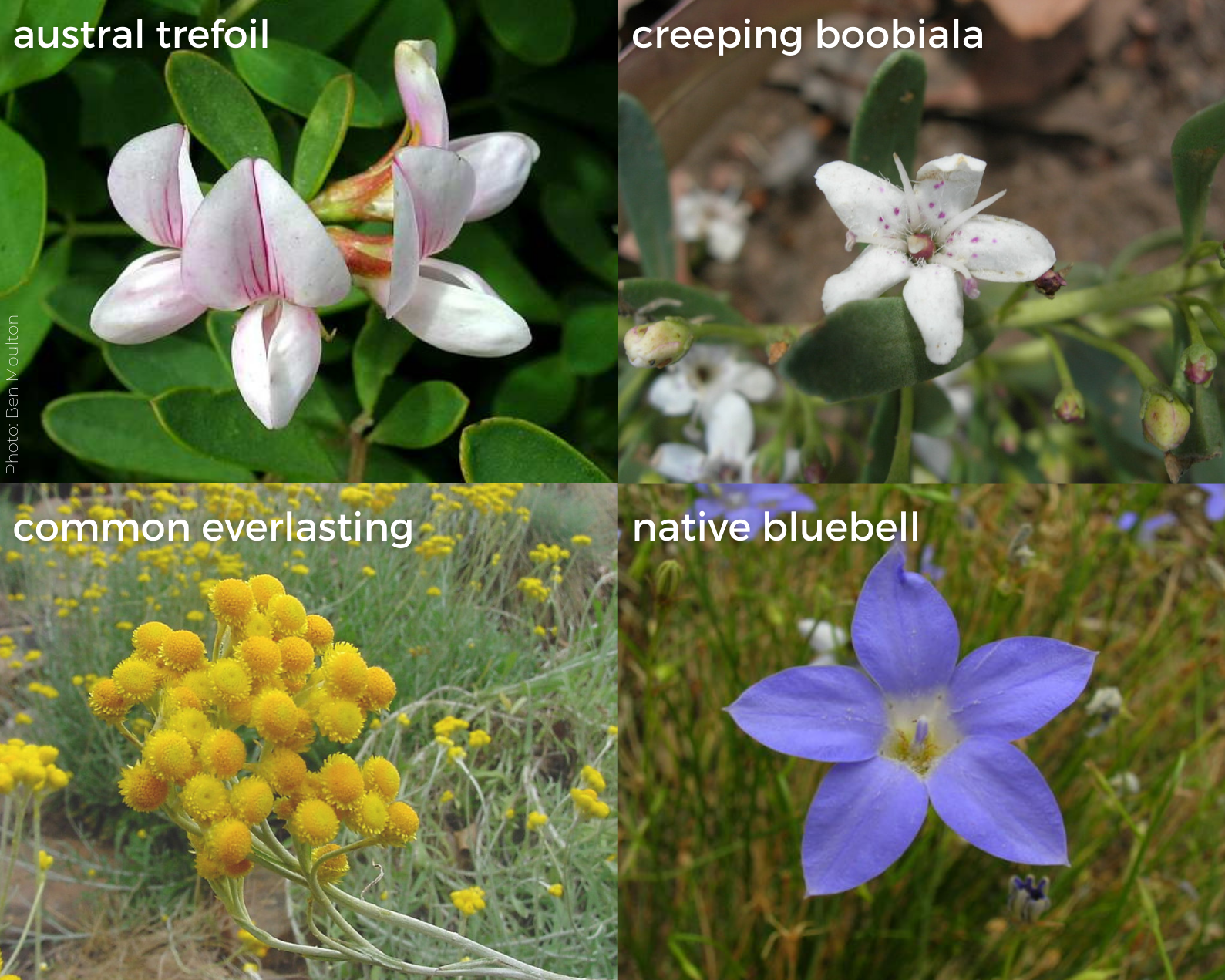
More native planting ideas
You’ll find heaps of native flowers, plus a suite of great garden designs, in our coastal gardens planting guide.
You might also like to find out how to make your garden butterfly friendly, garden to reduce the impact of noisy miners, encourage native bees into your yard, or become a savvy food gardener.
